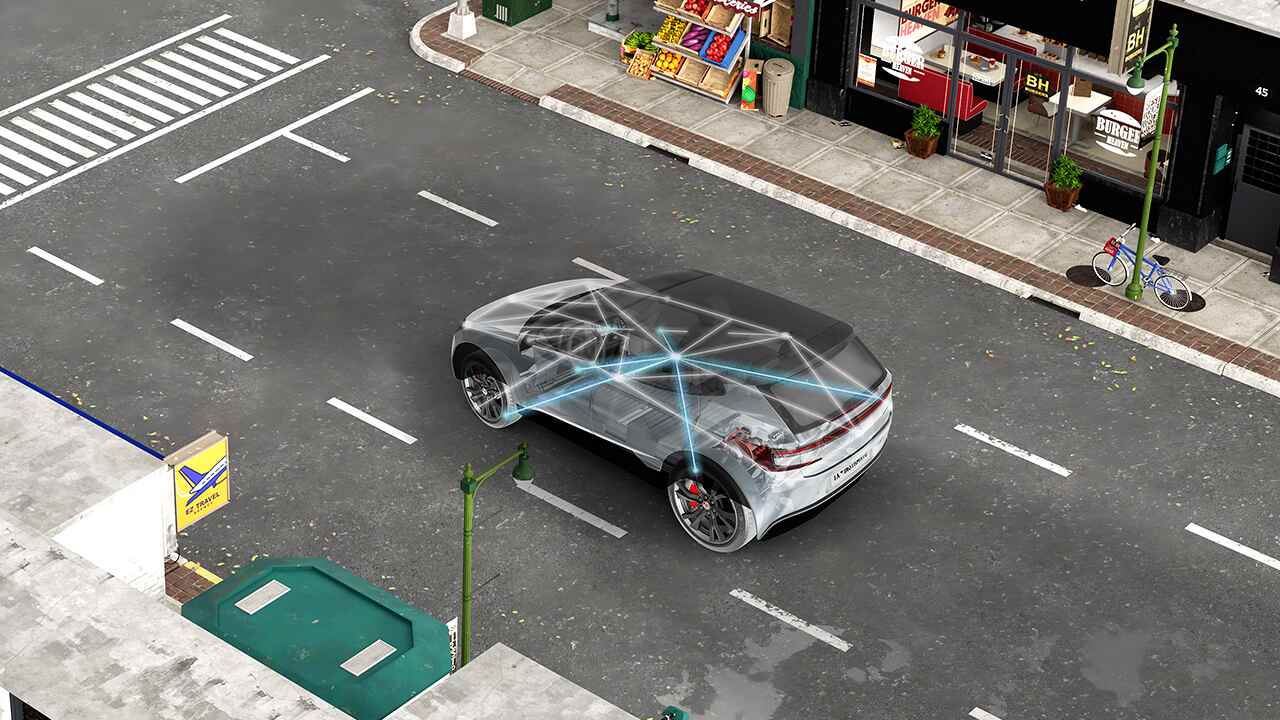Dan, a pioneer in millimeter wave radar applications, has a vision for the future of sensing technology

When TI innovators help pioneer new applications for TI millimeter wave (mmWave) radar, engineers can implement affordable sensor technology in a variety of settings – from vehicles to factories to smart homes – to help create a safer world. Learn more about the affordability of radar and CMOS technology in our Vision: Possible blog post.
In Dan Wang’s first job out of graduate school, she was working with a team of TI innovators who were about to surprise the tech world.
They had accepted the steep challenge of developing the first millimeter wave (mmWave) radar system on a chip using CMOS (complementary metal–oxide–semiconductor) analog design, bringing costly radar detection capabilities to a technology affordable enough to easily be incorporated into a $20,000 car.
At the time, no one in the world had built such a system. But Dan and her team were preparing to demonstrate to a major car manufacturer how it could bring higher levels of safety to vehicles. The radar technology, reduced to roughly the size of a U.S. coin, was precise enough to help vehicles see in any road condition and help avoid collisions.
“This was very disruptive, breakthrough technology,” Dan said. “By using CMOS technology, we significantly increased the integration level of the radar sensor and dramatically reduced the cost. I remember the excitement of putting eight small test sensors around a vehicle for the first time and seeing them stream a three-dimensional, 360-degree view of the environment.”
Now, she’s still showing engineers new possibilities for the technology and helping them dream up what’s next. She’s a pioneer in cascaded mmWave sensors – high-resolution image sensors that help vehicles detect objects far ahead with better clarity – and is passionate about developing algorithms for new mmWave applications.
“I think mmWave has huge potential to increase safety in factories, in buildings, at home and in our daily lives,” she said. “It’s just the beginning.”
Safety inside and outside the car
It’s Dan’s job to do the math to help our customers.
The algorithms help engineers understand how to get the most out of our technology while using their feedback to define the next-generation device. Dan might show how TI cascaded radar, which uses multiple synchronized devices to process data as a single unit, can detect another car more than 300 meters ahead, differentiate between two adjacent vehicles driving very close to one another and then alert the driver to act accordingly.
Since mmWave radar is still relatively new technology, no two days are the same for Dan. Her team continuously develops algorithms for new applications that help improve safety both inside and outside the vehicle.
“In the beginning, the application potential for mmWave in advanced driver assistance systems was very clear, but we knew there were so many other applications to explore,” she said. “We have been looking at both industrial applications and in-cabin sensing, which opens up a lot of potential for mmWave sensors.”
Inside the vehicle, mmWave sensors can improve safety by reminding parents about a child in the back seat, reminding passengers to put on their seatbelts, monitoring the driver’s alertness and vital signs, and enabling interaction with in-vehicle systems using only hand gestures.
The same features can be used to improve safety inside the home – such as alerting a family member if an elderly parent falls – or to allow robots inside a factory to safely work collaboratively with humans. These features are new and still evolving. According to Dan, the next trend will focus on advancing smaller, smarter sensors that use machine learning to better classify objects and information.
“We have a vision for the future of radar and its potential to impact more markets that can benefit from affordable, high-performance sensors,” she said. “Twenty years from now, it may be the main sensor that we see everywhere.”
A passion to create a better world
Finding new applications for affordable TI mmWave radar – inside vehicles, factories and homes – is another example of how TI innovators are living our company’s passion to create a better world by making electronics more affordable through semiconductors. We do this through the years, as generations of incremental and breakthrough innovations build upon one another to make electronics smaller, more efficient, more reliable and more affordable. At TI, we think of this as Engineering Progress. It’s what we do and have been doing for decades.

